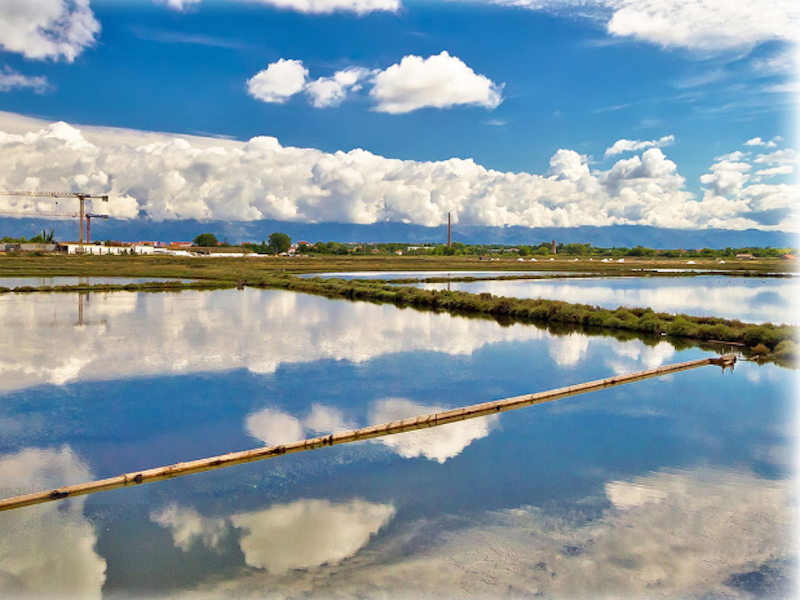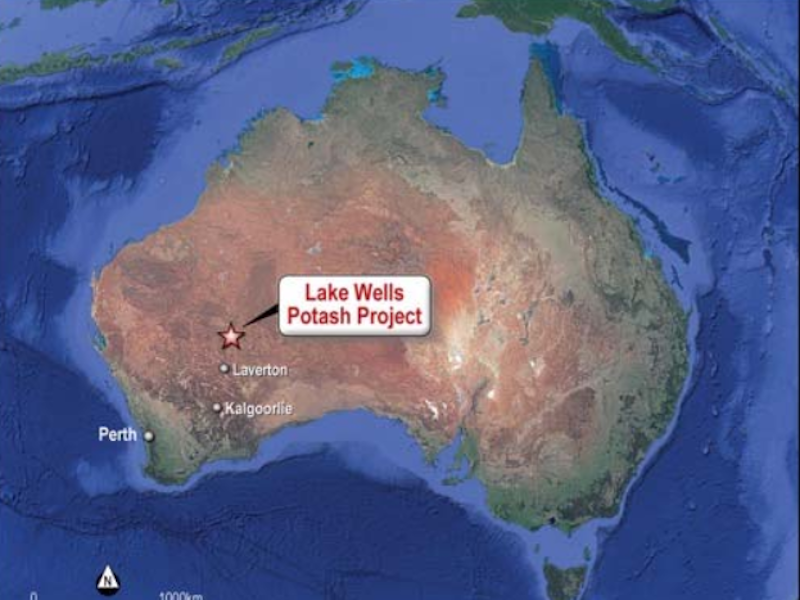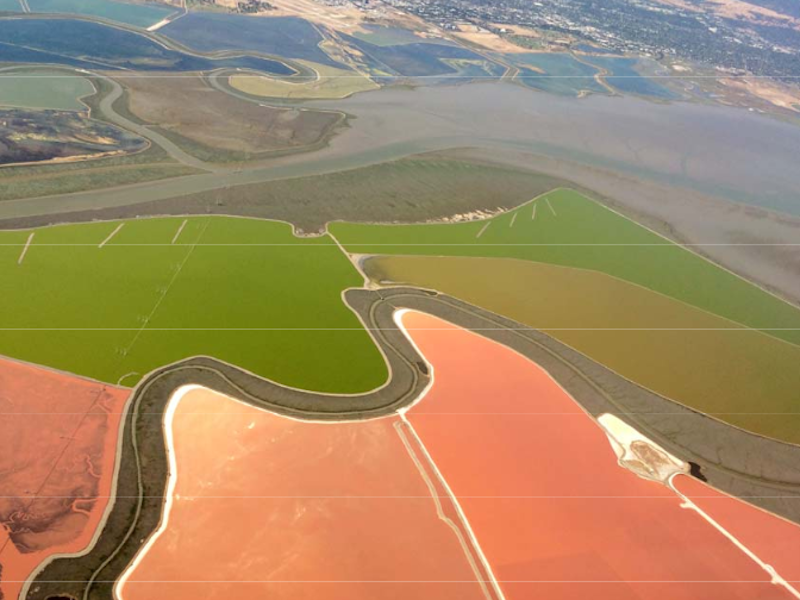The Lake Wells potash project is a brine-based sulphate of potash (SOP) project being developed by Australian Potash (APC) in Yilgarn Craton, Western Australia.
A scoping study for the project was completed in March 2017 followed by the completion of a definitive feasibility study (DFS) in August 2019. The DFS predicted an annual production of 150,000 tonnes (t) of SOP over an estimated mine life 30 years, with an initial capital expenditure of £114.6m (A$208m).
Australia’s Environmental Protection Authority (EPA) granted authorisation to carry out preparatory works for the Lake Wells SOP project in May 2020.
APC is currently engaged in the front-end engineering design (FEED) study, and securing offtake agreements and finance for developing the Lake Wells project which is considered to be a low-cost solar salt SOP operation with an operational life extendible up to 50 years.
The company had secured off-take agreements for 70,000 tonnes per annum (tpa) of potash from the Lake Wells project as of May 2020.
Location, geology, and mineralisation
The Lake Wells project is situated in the Eastern Goldfields region of Western Australia, approximately 160km away from Laverton and approximately 500km northeast of Kalgoorlie.
APC holds three mining leases and 17 exploration licenses covering a total area of 2,100km2 for the Lake Wells SOP project.
The Lake Wells is a palaeochannel brine-hosted SOP deposit situated on the north-eastern margin of the Archaean Yilgarn Craton.
The potash-rich brine resources for the project are found hosted within layers of aquifers and clay-rich sediments.
Potash reserves at Lake Wells
The Lake Wells potash project is estimated to contain 3.6 million tonnes (Mt) of proven and probable SOP reserves and approximately 18.1Mt of SOP in measured and indicated resources.
Mining and brine processing
The potash-rich brine will be pumped from the aquifers to the surface through a network of a total of 78 bores across the project area. The bore field is designed to extract brine at a rate of 540litres/second.
The extracted brine will be sun evaporated for the recovery of potassium-bearing minerals. There will be three evaporative ponds including the buffer and pre-concentration ponds on 10km2 and a 2.7km2 harvest pond.
The potash-bearing salts will be trucked to a nearby processing plant capable of producing 150,000t of SOP a year.
The harvest salts will be crushed and converted into potassium bearing schoenite in an exothermic conversion reactor.
The high purity schoenite will be segregated from the gangue material through floatation, while additional schoenite will be obtained through precipitation in a leaching process.
The Muriate of Potash (MOP) will be dissolved and amalgamated with the high-purity schoenite and sent to the SOP crystalliser for the production of SOP crystals.
Off-take agreements
Australian Potash signed a 10-year binding offtake agreement with Redox, a chemical and ingredients distributor active in Australia and New Zealand, for 20,000tpa of sulphate of potash from the Lake Wells project in March 2020.
APC signed the second long-term offtake agreement for 50,000tpa of SOP from the project with Singapore-based Migao International in April 2020.
Infrastructure facilities
The Lake Wells project is accessed through the Lake Wells Road and the Great Central Road which runs east of Laverton.
The project development plan includes a 12MW build, own, operate (BOO) gas-fired power station which will run on trucked LNG. The electricity from the plant will be reticulated to the bore field through a network of power cables.
A permanent camp for accommodating up to 100 people will also be constructed at the site as part of the project.
Contractors involved
The mineral resource estimate for the project was provided by AQ2, while the process plant design and engineering services were provided by NovoPro .
The Knight Piésold Consulting was engaged for the evaporation and harvest pond design, while Lycopodium provided the process plant capital and sustaining cost estimates.
Origin Capital Group provided financial modeling services for the project.





